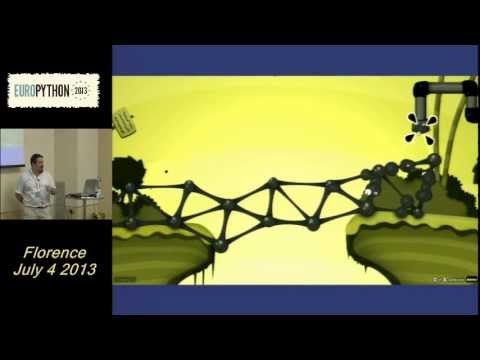Description:
Learn to create physics-based games using Python and OpenGL in this comprehensive EuroPython 2013 conference talk. Explore the fundamentals of OpenGL, physics engines, and game development as you delve into Newtonian quantities, rotational equivalents, and collision detection techniques. Discover how to implement the Separating Axis Theorem, create physical bodies, and link them with OpenGL objects. Master the art of texture mapping, drawing textured quads, and handling collision callbacks. Gain insights into joint systems, graphics, sound integration, and the crucial skill of fine-tuning a physics engine. Examine the creation of compound effects and physics puzzles while weighing the pros and cons of incorporating a physics engine in your game projects.

Programming Physics Games with Python and OpenGL
Add to list
#Conference Talks
#EuroPython
#Programming
#Programming Languages
#Python
#Computer Science
#Computer Graphics
#OpenGL